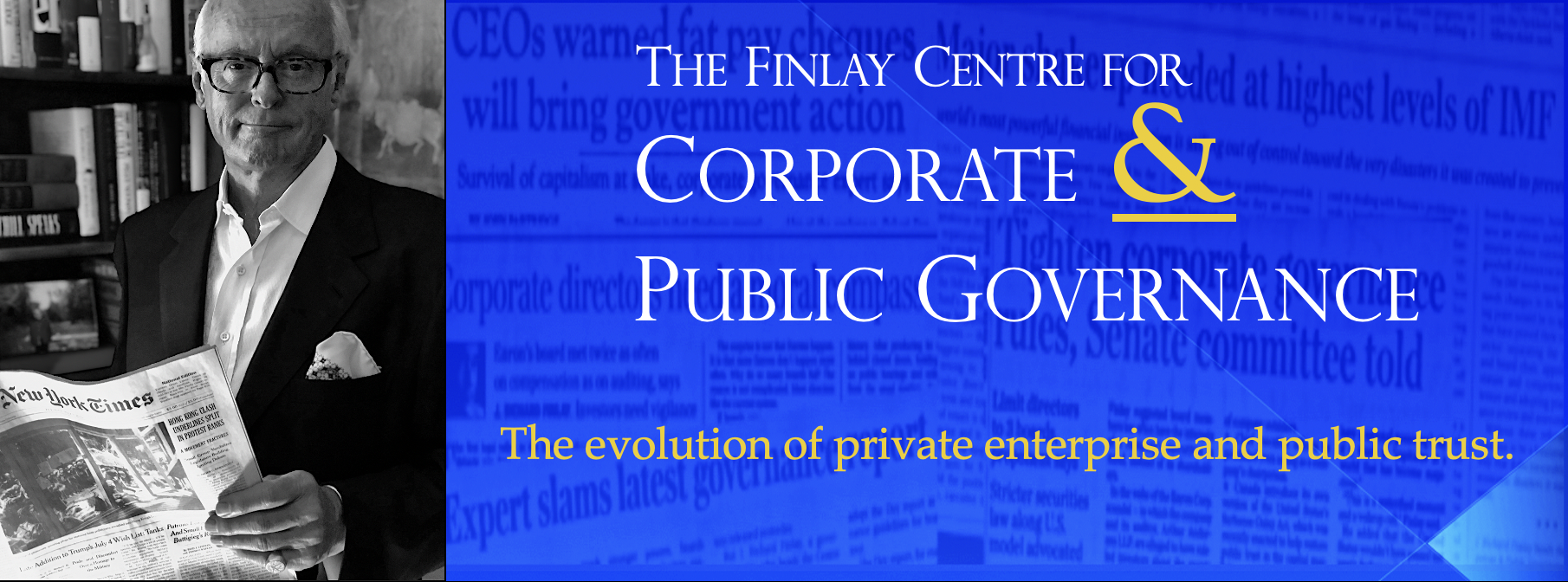Last March we expressed concerns about the Fed’s failure to anticipate the subprime mortgage meltdown. As we said at the time:
We don’t expect the Fed to be omniscient. But we can expect it to see and act on the obvious. It failed to react to the looming subprime disaster. Which begs the question: What else is the Fed missing?
We got the answer last week, when the world’s central bankers led by the Fed’s own $62 billion injection, poured hundreds of billions into the global economy following huge reversals on key North American stock markets and the unraveling of portfolios deep into mortgage backed securities.
This is the largest amount central bankers have put out since the terrorist attacks in 2001 and it comes in the wake of major fears for the stability of the world’s economy. The injections are a substantial gift to banking and investment institutions which, by the way, make huge fees from the sale of securities to central bankers. They are also a lifeline to hedge funds and LBO firms, which need billions in low interest loans to complete their deals and where the payout to their partners is astronomical. What is being done for the homeowners who are the real casualties of these events is less immediately clear.
Several months ago Fed chairman Ben S. Bernanke told a committee of the U.S. Congress that he didn’t expect the meltdown would spread to other parts of the economy. It’s a good thing he isn’t in the business of forecasting the weather, or we might be dealing with snowstorms in August. One concern is that these highly unusual moves suggest a larger problem that has not been disclosed to the public and that some players are cleaning up even from the mess they helped to create. The other is that the Fed lacks the foresight to know what is really happening now, just as it did a few months ago.
